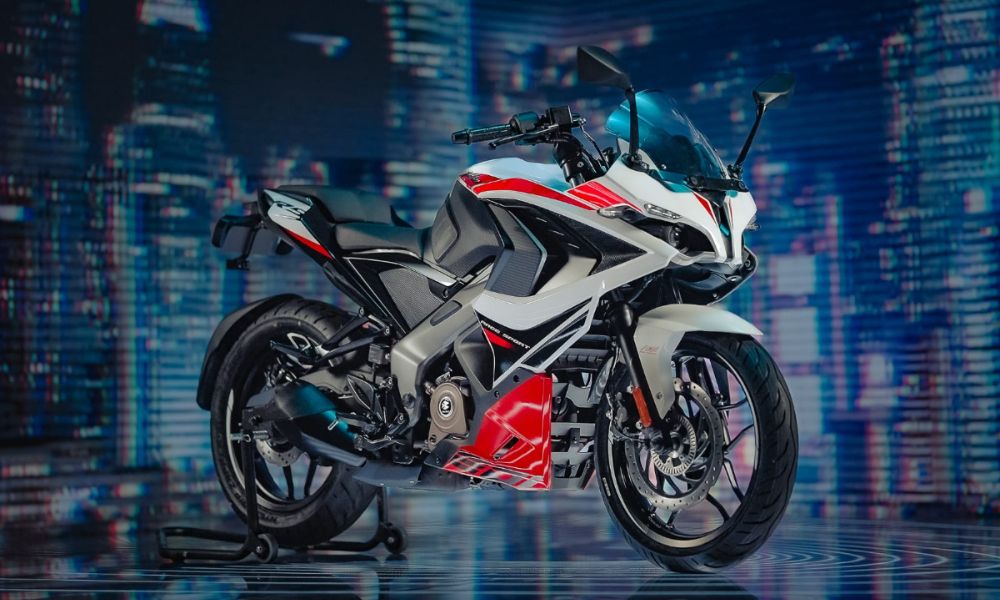Lightyear reveals new $40,000 solar-powered car, claims it will sell in 2025
Like pixies and pegasus, the idea of a solar-powered car is dreamy and perfect. Who wouldn’t want a car powered by the sun? Who doesn’t want to ditch the lines and bills at the gas station? This car can go up to 450 miles on a single charge, with solar panels covering five square meters of roof that can recover up to 12 km of range every hour. This car has four electric motors! This car … sounds almost too good to be true, doesn’t it?
The first-generation Lightyear 0 (go figure: the website is called lightyear.one) started production for the European market in December of 2022, the company claims, although video of the “production line” looks more like someone’s garage than a factory floor. (The company says the factory that makes A Class Mercedes will ultimately do the production.)
Now, at CES 2023, the company has unveiled the next-generation Lightyear 2 — and no, we’re not sure what happened to version 1 either.
“All the learnings — and those are a lot — from Lightyear 0 we’re applying to Lightyear 2,” Alexandre Hoefsloot, CEO and Co-Founder of Lightyear, told me. But it’s early days, and it takes a while to make a new car, much less one that’s powered by the sun. “This is still going to take two and a half years to get to production … you know automotive. It takes a long time,” he said.
Disclaimer: Along with other members of the press, I was allowed to look at the new model. But I wasn’t able to photograph it or take videos for you. Still, I got a good look. and it’s really nice!
As with the 0, the Lightyear 2 harnesses the power of the sun with solar panels on the hood, roof, and over the trunk. They’re hybrid vehicles, meaning they aren’t wholly dependent on sunshine for power; the point is merely to reduce reliance on strained electricity grids. In fact, they also flip the script by providing clean energy back into the grid, the company claims.
(Image credit: Lightyear)
(Image credit: Lightyear)
(Image credit: Lightyear)
(Image credit: Lightyear)
(Image credit: Lightyear)
Rainbows and unicorns sound great too, don’t they? Unfortunately, the company’s one-pager is as light on details as sunshine. To confirm the viability of the car, and answer some key questions, Techradar joined the company for an exclusive reveal at CES in Las Vegas.
“In a proper solar car, our definition is that at least half of all the energy you need in a year has to come from the sun,” Hoefsloot told me. “Even in The Netherlands. And it’s the most cloudy country in the world, so we think it’s a pretty good definition.” It’s a smart definition, which accounts for the seasonality: You’ll get less sunlight in the winter than in the summer, but that doesn’t mean a solar powered car is mothballed for half a year. You’ll just pay more per mile in the winter.
The interior of the model 2 is surprisingly stripped down: There’s a big LCD panel, as in the Tesla Model 3 (Hoefsloot told me he drives one himself). But there’s no instrument cluster, and almost nothing else at your finger tips beyond the wheel. Instead of a speedometer, there’s a pop open storage compartment. And a small display between the steering wheel and the windshield that shows speed and range and whatever other specs you need.
“The target price of less than $40K? To hit that with a completely novel concept? It’s a challenge. So anything you see here in the interior is also focused on how do we get to those cost levels,” Hoefsloot said. Hence the doors are recycled plastic, textiles over the front dash add splash and character, but in the end, it’s somewhat stripped down.
Our first customer meets his car for the first time, on Dutch soil. pic.twitter.com/K14QwsSw3wDecember 20, 2022
In July of 2021, the company said it was partnering with Finnish company Valnet to build prototypes of the Lightyear 0, which carries a six-figure price tag. Last summer, the company finally opened the barn doors to show the world the fruits of half a decade of labor: a $250,000, solar-powered EV capable of running for up to seven months without being plugged into a traditional charger.
Several companies, in addition to Lightyear, are currently “on the threshold” of producing scalable solar-powered vehicles that could soon pop up on roads. Mercedes, Hyundai, Tesla, and Toyota, to name just a few major brands, are actively developing solar-powered models or hybrid versions of them.
The main issues that continue to plague the rollout of these vehicles include the difficulty in manufacturing safe, reliable, and cost-effective modules for vehicle integration, as well as the reduction of power generation caused by bad weather and other obstacles (consider the number of buildings, bridges, trees, and tunnels that block roof-based panels).
But solar powered cars? Who wouldn’t want that? We’re holding our breaths for the unicorns.






